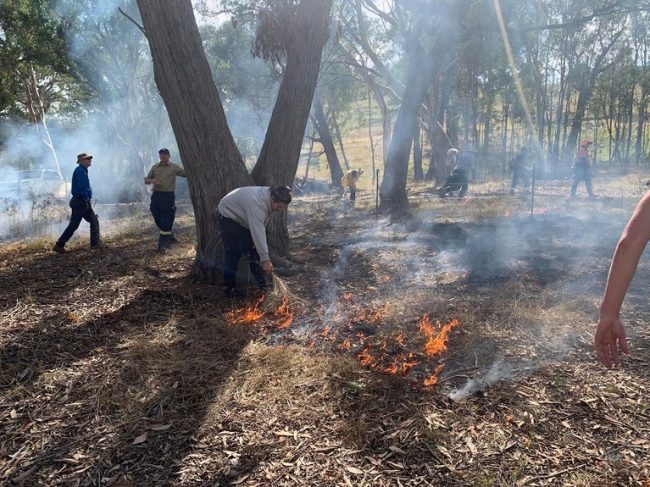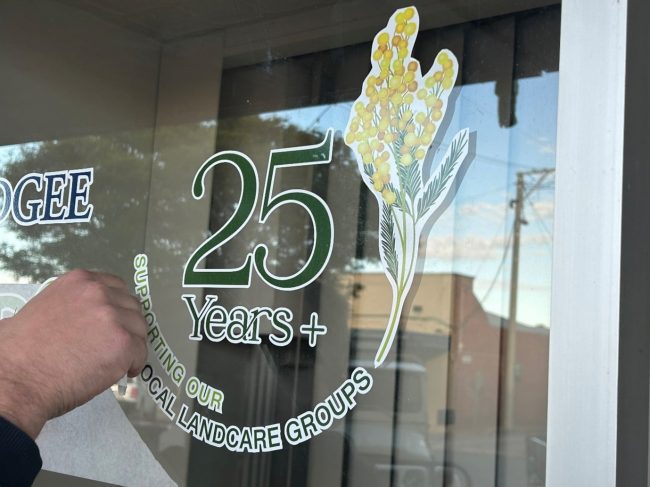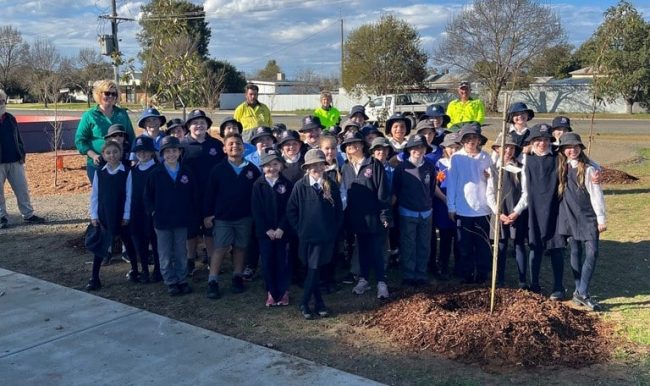Case Study LP59 – Kids and devices: Using them for good, not evil!
We all know that getting kids off their devices is an impossible challenge. So when Wagga Wagga Urban Landcare was asked to provide an outdoor activity for up to 40 high school students, we knew that we would be competing with 40 mobile phone distractions. On top of that, out activity would be on the last…










